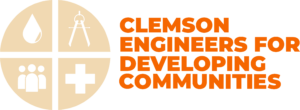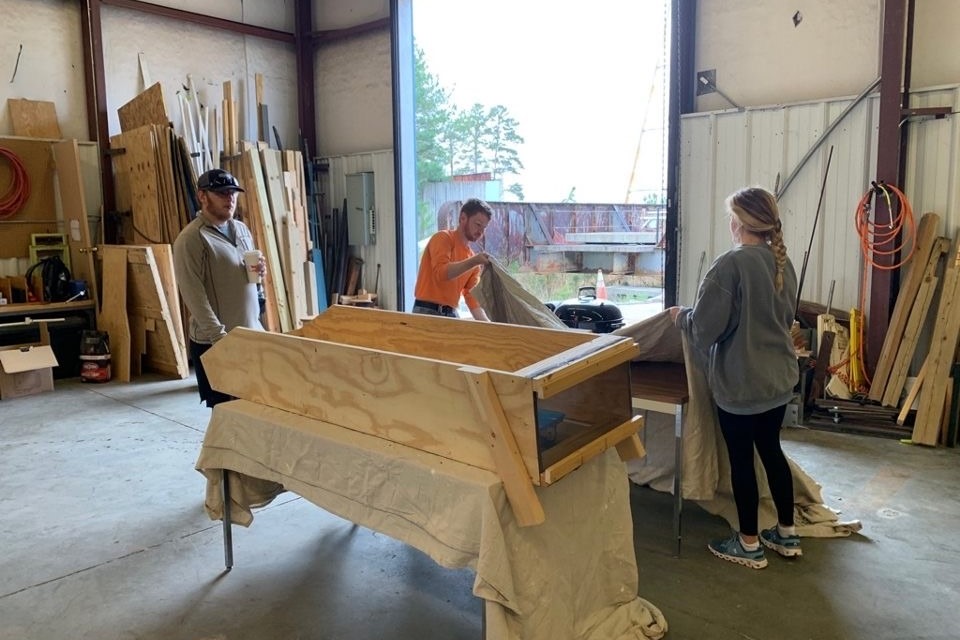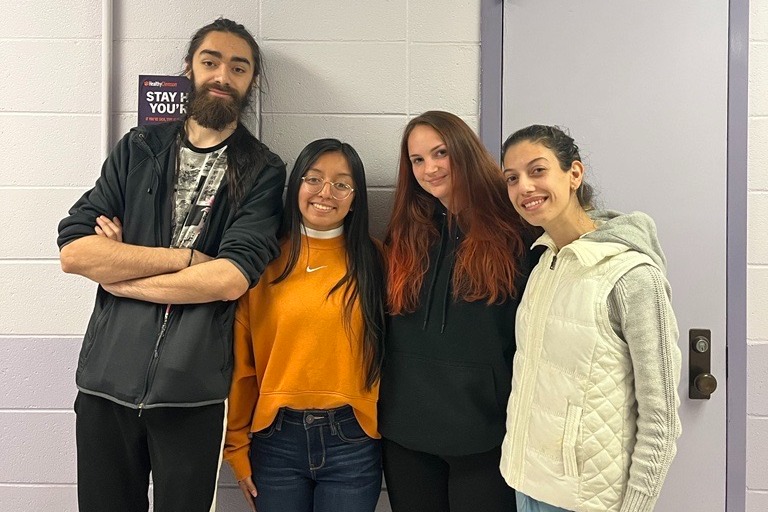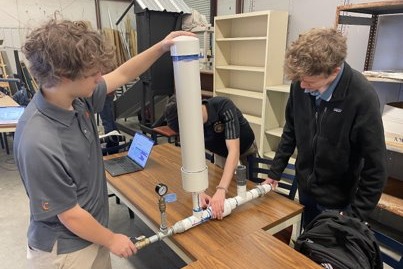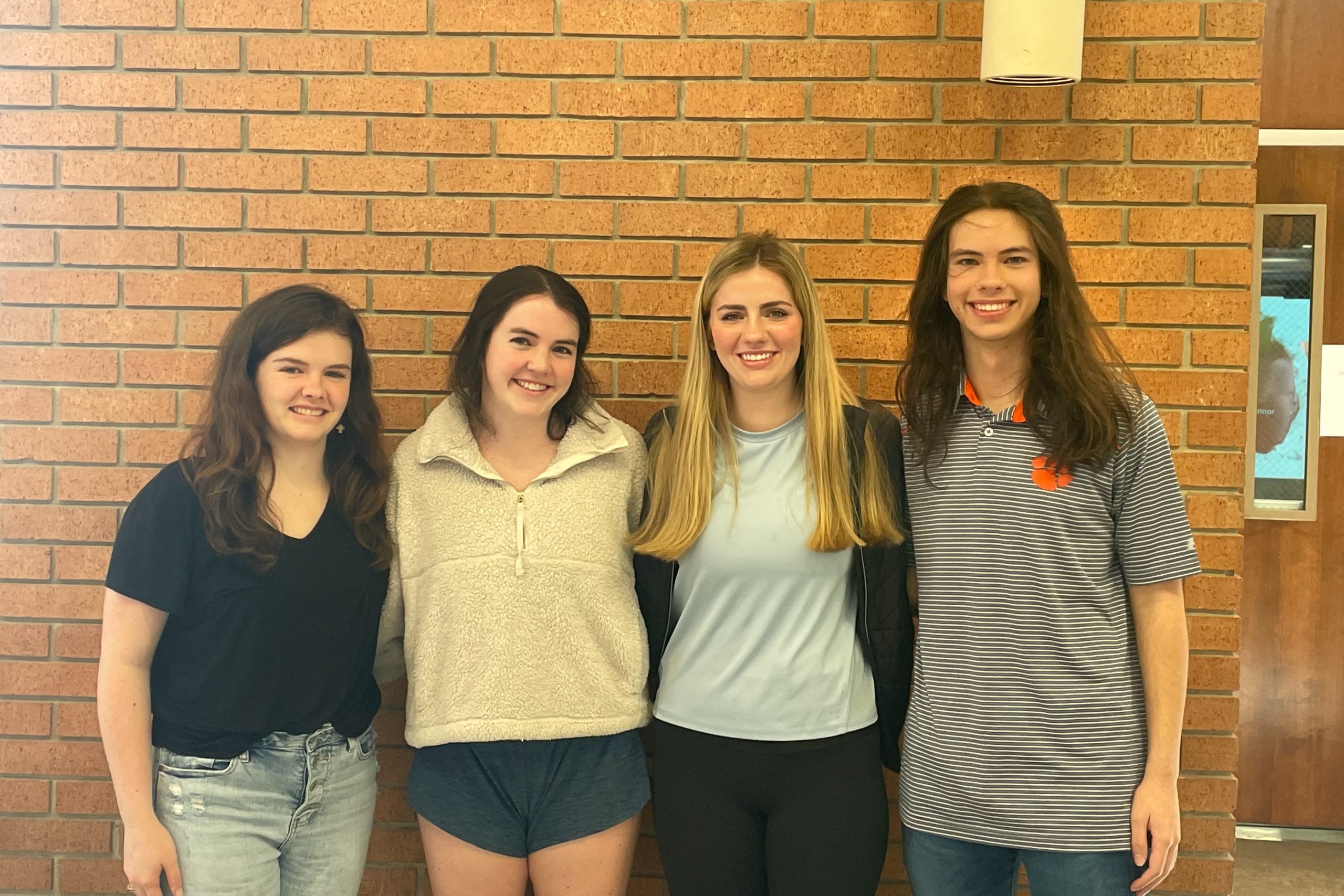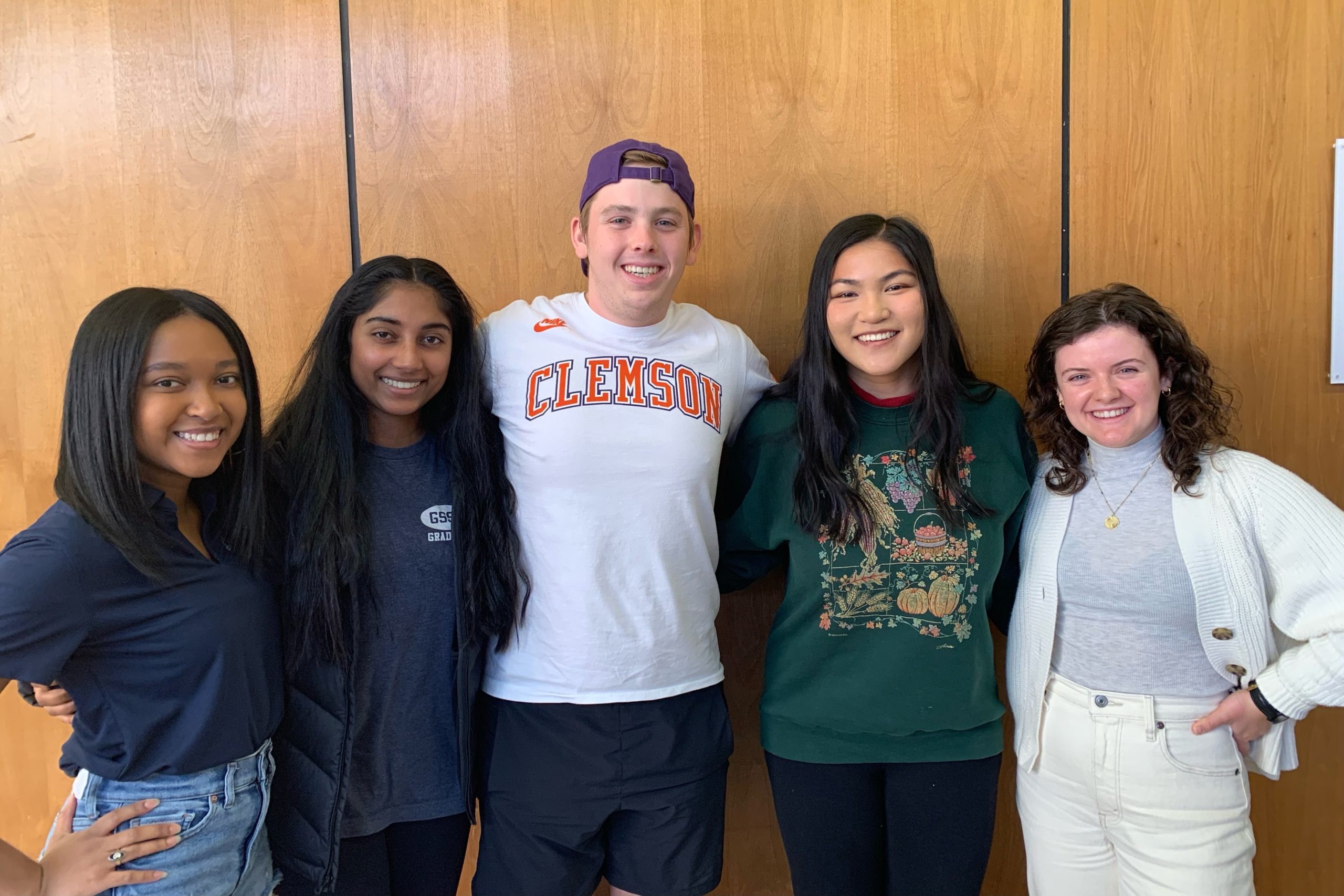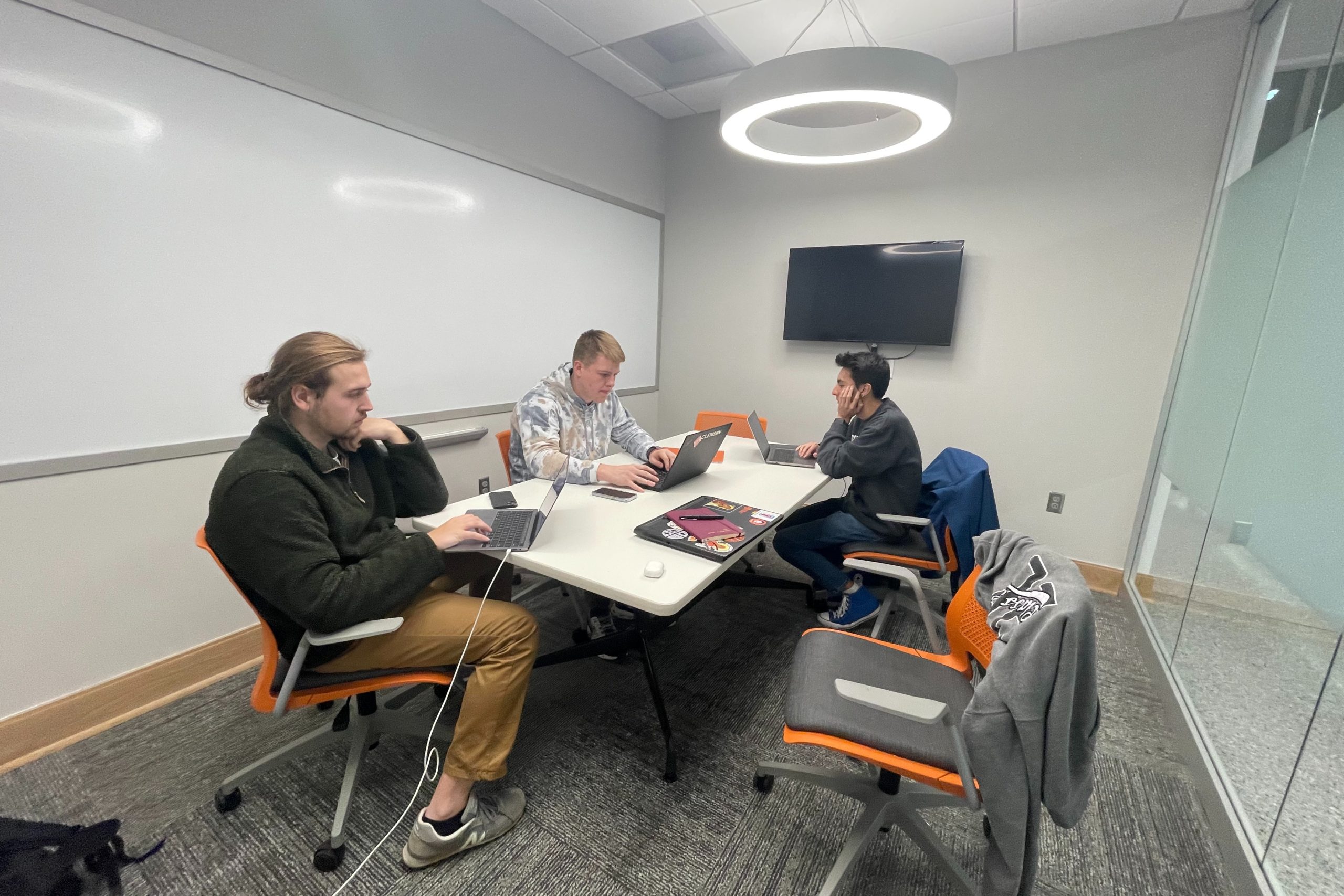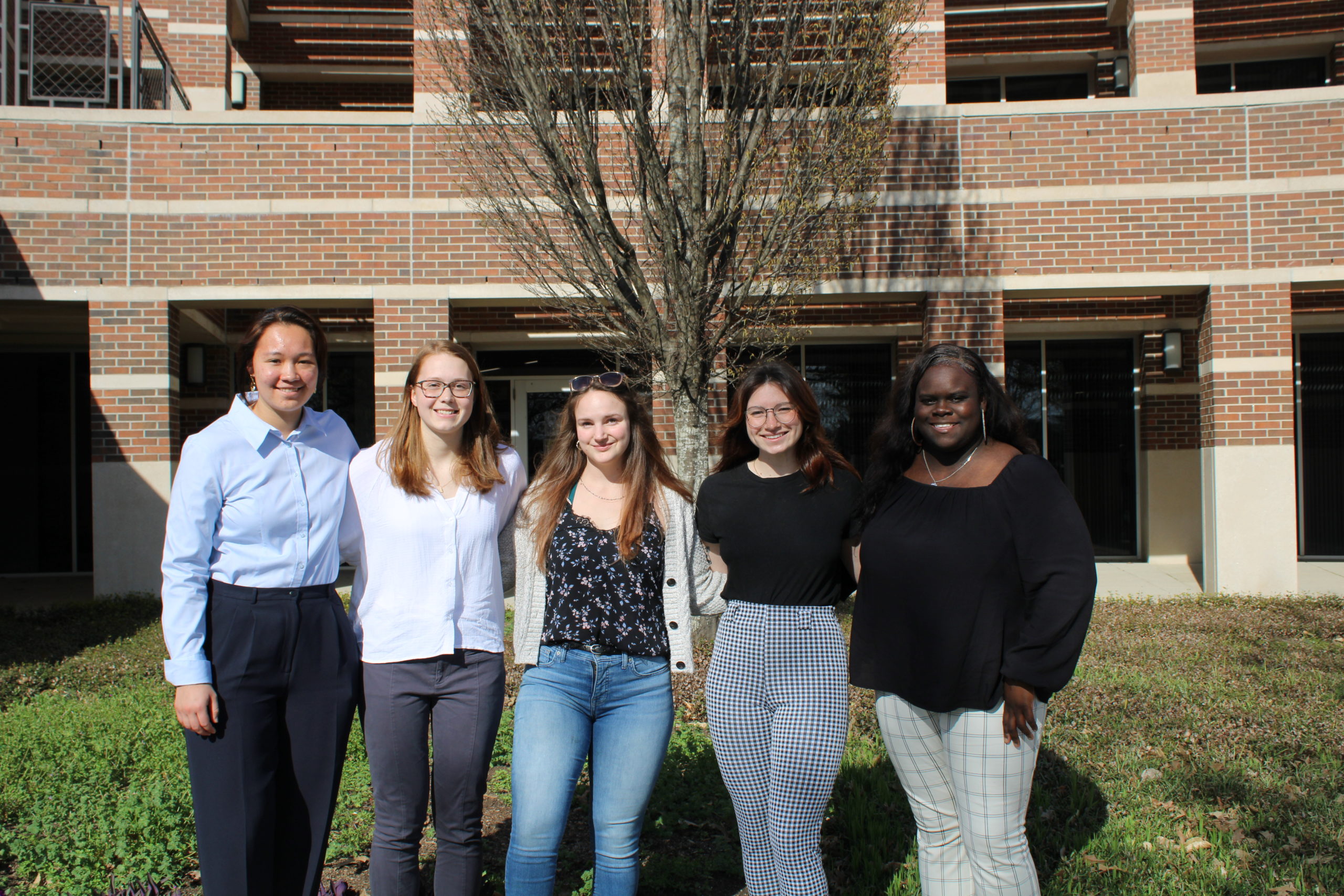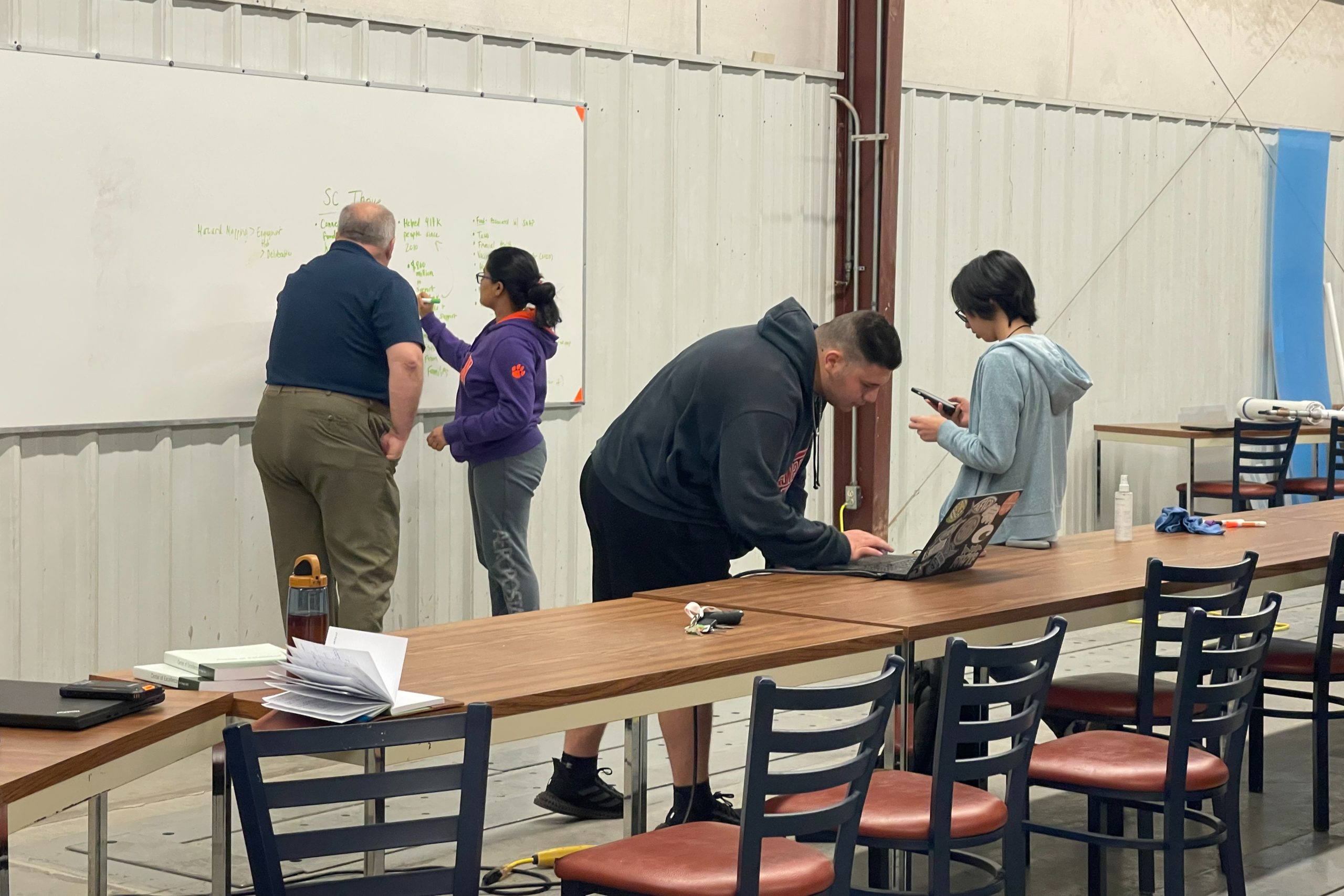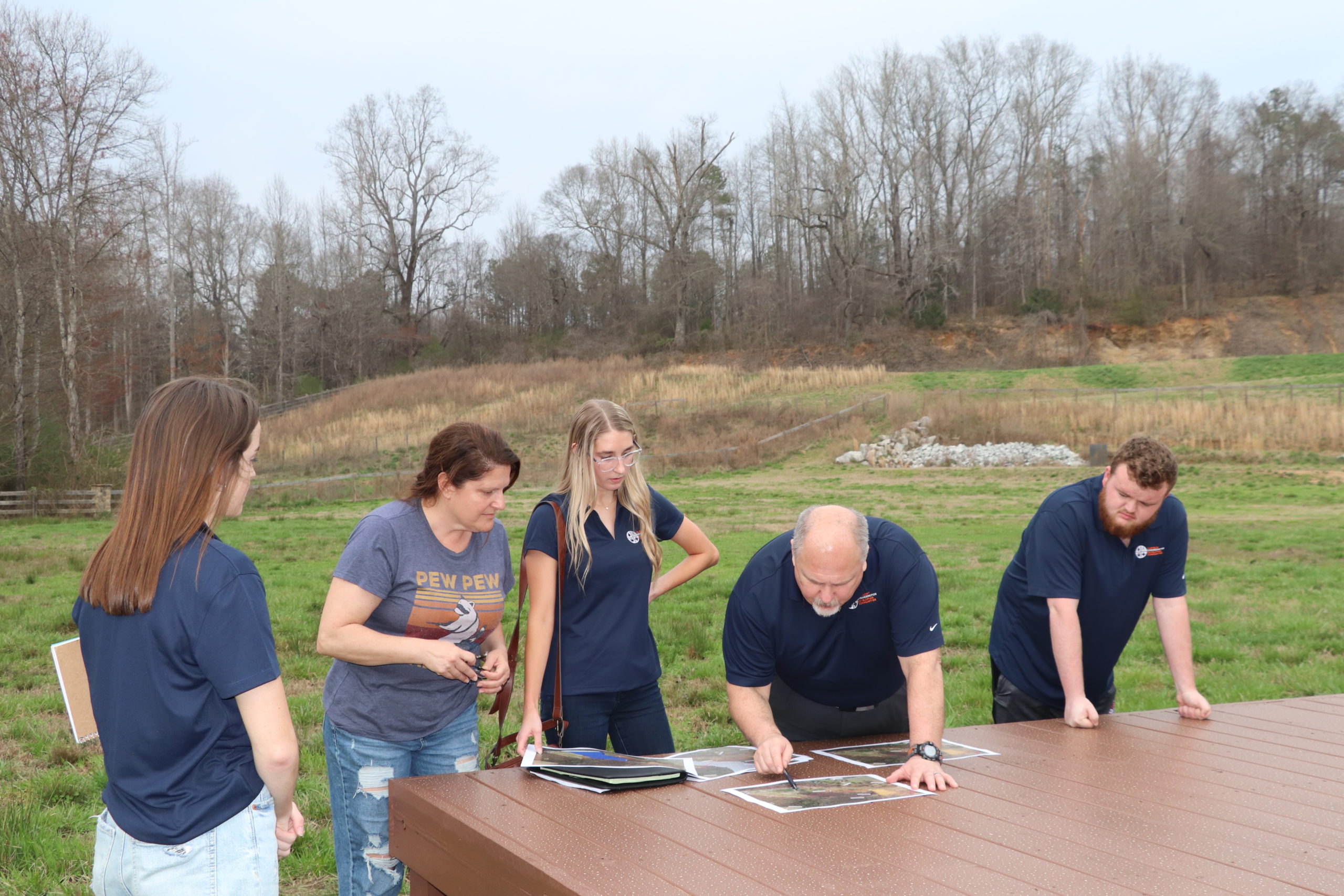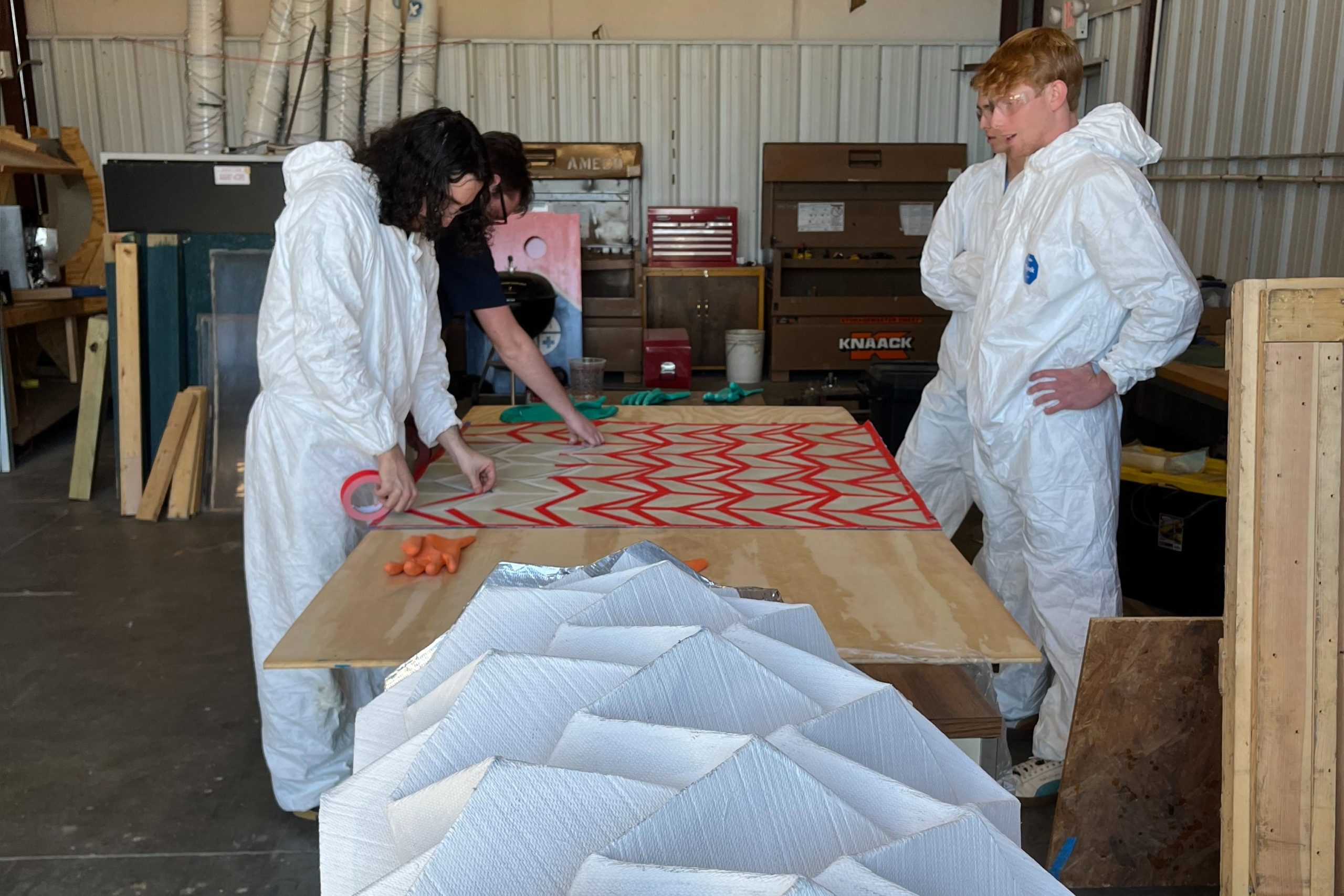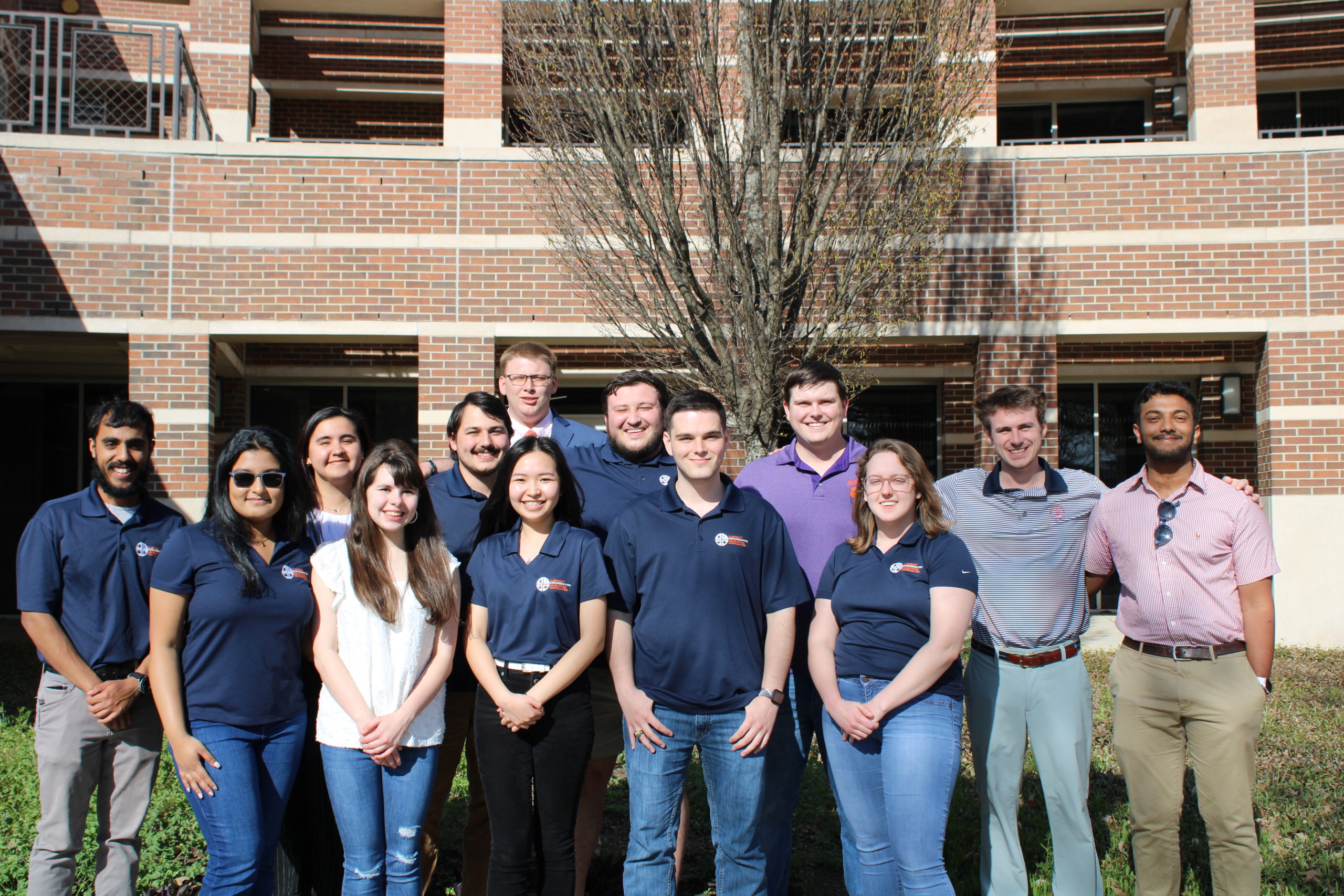Active Projects
Read More
Aquaculture is working with farmers in Bas Cange, Haiti to increase tilapia production by building the fish feed capability and capacity, which will have nutritional benefits and widespread economic benefit for Haiti. This team’s goal is to develop and implement production of an affordable replacement fish feed that is made from crops grown locally in Haiti. The project works closely with an agriculture school in Haiti (CFFL) to begin implementation of the feed production in Haiti. The long-term goal of the project is to help the Haitian farmers produce their own feed and turn it into a self-supporting business where they can sell the feed, they produce to local aquaculture farmers.
Read More
Cange Operating Room is to design a functional operating room for a hospital in Cange, Haiti with proper infrastructure and equipment for general surgical procedures that will facilitate safe medical practices. They will work Clemson’s architecture program and Architect Joseph Markendy program to analyze the existing hospital’s structure. Additionally, the team will determine if a satellite operating room can be implemented and if so, how.
Read More
The Ram Pump team is building the prototype to create a bilingual manual to help the members of the community build their own functional ram pump. The team will use the prototype model to create design revisions. The second part of this project includes working with stakeholder in Colombia to help widespread ram pump technologies. This project team will work with students in Colombia on a week basis and will help create instructional content that can be used by farmers to help them install and maintain ram pumps across Colombia. Farmer to Farmer is looking to potentially partner and fund the effort going into this semester.
Read More
In partnership with PhD student Kelli McCourt and Dr. Diana Vanegas Gamboa, students will work individually or in interdisciplinary teams to develop a component of a water monitoring program for and with vulnerable communities in Alto Cauca, Colombia. Students will learn about water pollution in the context of these communities and gain awareness about water issues derived from ASGM in rural Colombia.
Students will engage with researchers to become familiar with the context of water pollution in the rural ASGM communities of La Toma and Yolombó (Cauca, Colombia). This semester students will begin the project by collaborating with Kelli McCourt and Dr. Gamboa to use previously collected data for the creation of educational material on water quality that the Colombian communities can use.
Students will engage with researchers to become familiar with the context of water pollution in the rural ASGM communities of La Toma and Yolombó (Cauca, Colombia). This semester students will begin the project by collaborating with Kelli McCourt and Dr. Gamboa to use previously collected data for the creation of educational material on water quality that the Colombian communities can use.
Read More
In partnership with the Episcopal Diocese of Upper SC (EDUSC) and Zanmi Lasante, this project intends to expand the current hypertension program to reach more patients while collecting consistent data, these medical missions need to put a systematic method in place. The other aim of this project is to complete a study evaluating the effectiveness of the community health worker model in the Central Plateau of Haiti. This collaborative effort will continue going in to this semester.
Read More
In partnership with Partners of the Americas this project team will work with students in Colombia, SA with the intent of interviewing students in Colombia and the US to better understand the students’ views on democracy. The intent will be to create a video that can help reduce violent confrontations in Colombia, while moving to a more democratic process. Moving forward, this project prepares to construct potential questions to help encourage the discussion of civil engagement with their partners.
Read More
DIY Water Filter team’s mission is to design and create an inexpensive, low-resource intensive, sustainable water filter that could be used in communities with contaminated drinking water. The team has successfully developed a testing protocol and prototype using 3D printing technology. They will continue to test different designs and techniques for the water filter as their project advances. This semester the project aims to evaluate the current filter core design in order to begin collecting data from testing.
Read More
Low-capacity communities often lack the necessary resources to build community resilience. In order to connect community members to these necessary resources, the Engagement Hub Project works to establish a clearly defined front door to maximize involvement with low-capacity communities through place-based institutions like Clemson University. The goal of the project is to increase community resilience and build capacity county-by-county, working to create both virtual and physical hubs to effectively provide resources and connect community members with knowledge experts in South Carolina. The current scope of the project is to work with Anderson County and its respective resources, eventually expanding down the Savannah River Watershed. In order to increase the number of place-based institutions in communities, a goal of the Engagement Hub is to establish the county-specific resource database into libraries to expand to as many community members as possible.
Read More
HERDS Solar SC team is creating a zero-net energy system for the HERDS facility building to promote resilience and sustainability. The system design is based on using solar panels and lithium-ion batteries. The teams main focuses this semester will be creating 50% of the engineering CAD drawings needed to construct the array, a basis of design, a preliminary budget, the number of solar panels needed, and the size of battery needed.
Read More
At the request of community members, CEDC is looking to start a new project to help evaluate the effectiveness of the flooding and drainage systems on the local non-profit Izzie’s Pond; which helps in the care and re-release of several species of animals. This project would incorporate several civil engineering concepts as students help to advise, design, and develop a potential new water management system for the property.
Read More
Mandari Panga is a community within the Ecuadorian Yasuni National Park in the Amazon Rainforest and will be CEDC’s first project in Ecuador! The community needs a strengthened education system. To increase education, specific needs of the community need to be addressed. The priority is creating better living spaces for the teachers that live in the community while they teach. Teachers are imported from the cities to live in Mandari Panga to teach for an extended time. Because the living situation is grim, teachers do not get sent to Mandari Panga often or consistently causing major gaps in education. To initially address this problem, this project team will design a water treatment system in the community center for the teachers and other members of the community to use. This project aims to evaluate the community layout and begin to research potential methods to address the problem during this semester.
Read More
The Origami Emergency Shelter Research Team’s goal is to use origami principles to produce a cost-effective, long lasting, and easily deployable emergency shelter that families can utilize after a disaster strikes a community. The team is currently aiming to produce a full-scale prototype using our selected materials. This prototype would serve as a proof of concept, allowing the team to spend more time taking other factors into consideration such as production time, livability, and storage/deployment. A full-scale prototype would open the door for effective testing on water, wind, and compression resistance for our main design. Along with this, the team is researching the effects of long term exposure to UV and humidity on the material’s quality.
Read More
Clemson University is currently working in collaboration with the US Army Corp of Engineers (USACE) to create a new model that will demonstrate how investment in planning processes and institutions can bring necessary resources to low-capacity communities so that mitigation funds result in equitable risk reduction. These efforts will increase communities’ capacity to perform disaster risk reduction, implement hazard mitigation, and build resilience. For this semester, this project aims to carry out similar mapping procedures as developed by the Pee Dee Project to map out critical infrastructure along the Savannah River Watershed.
